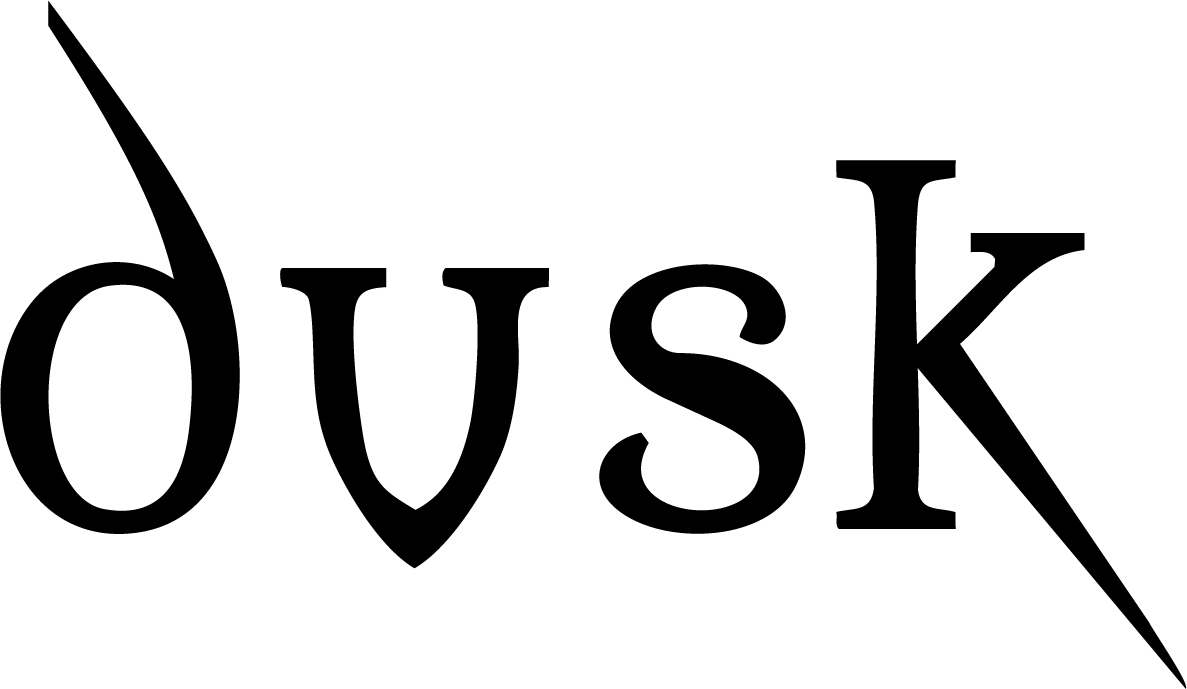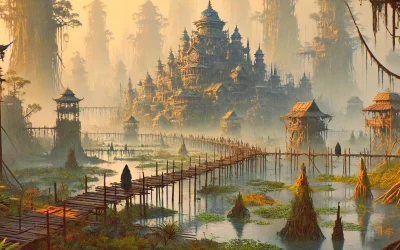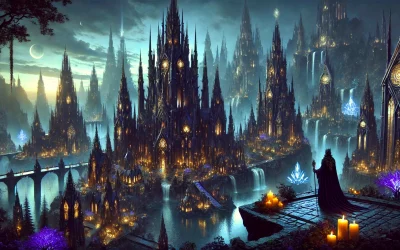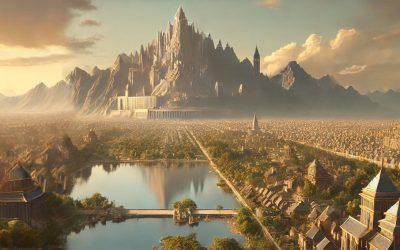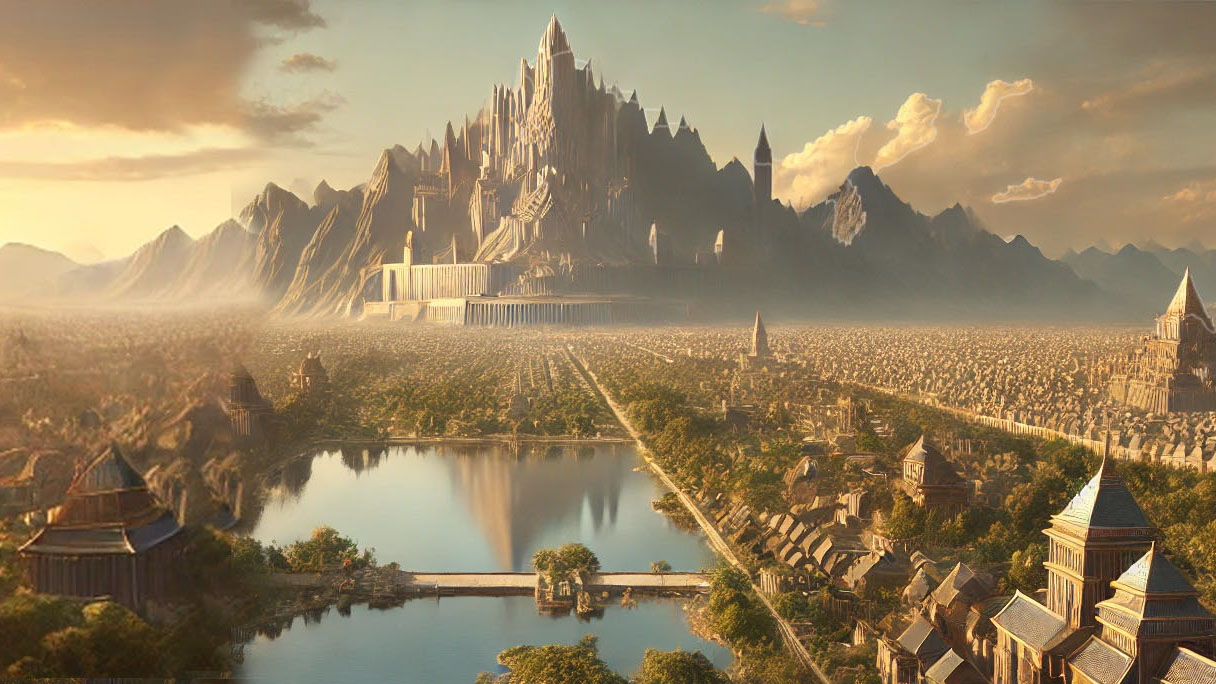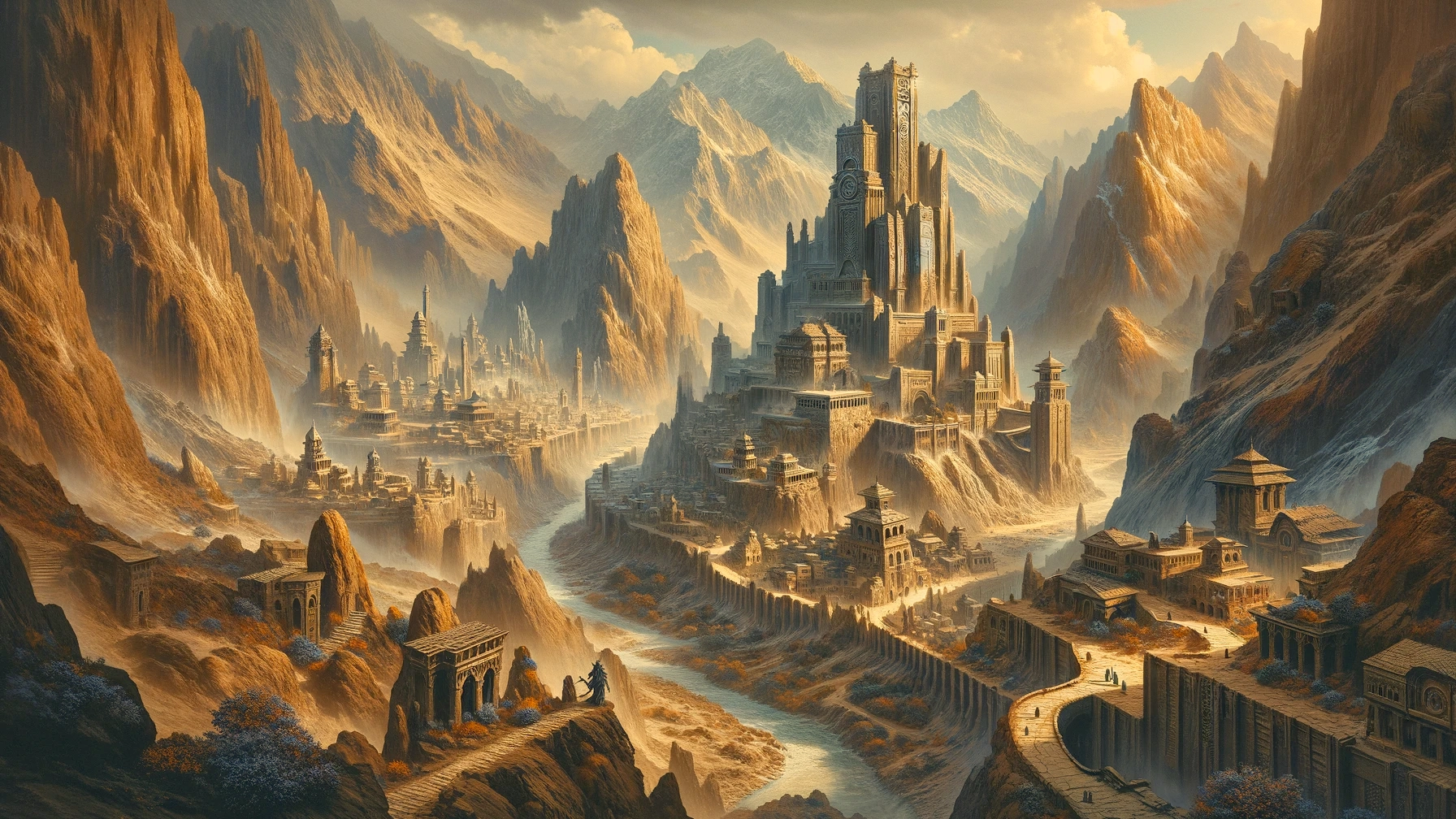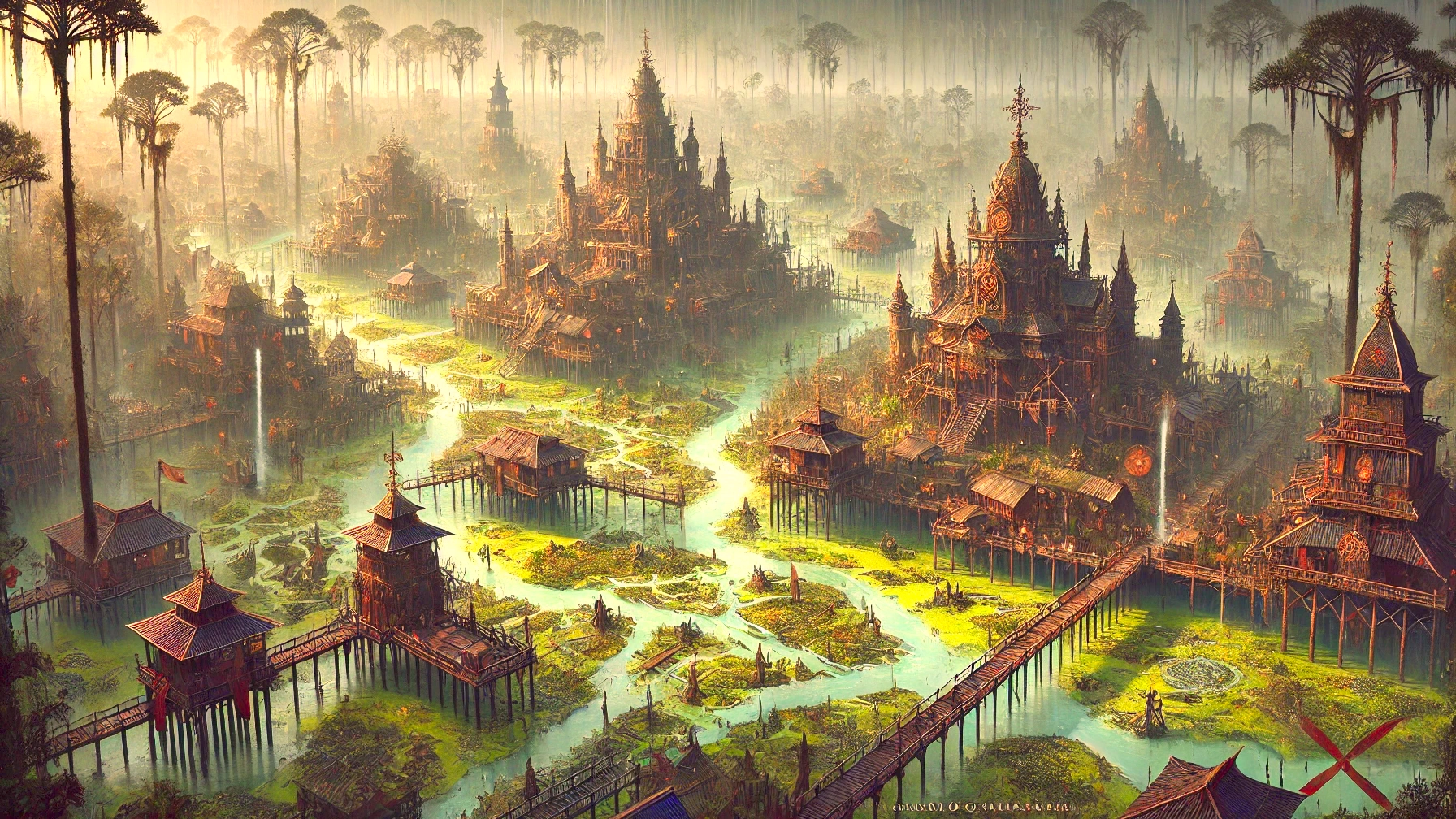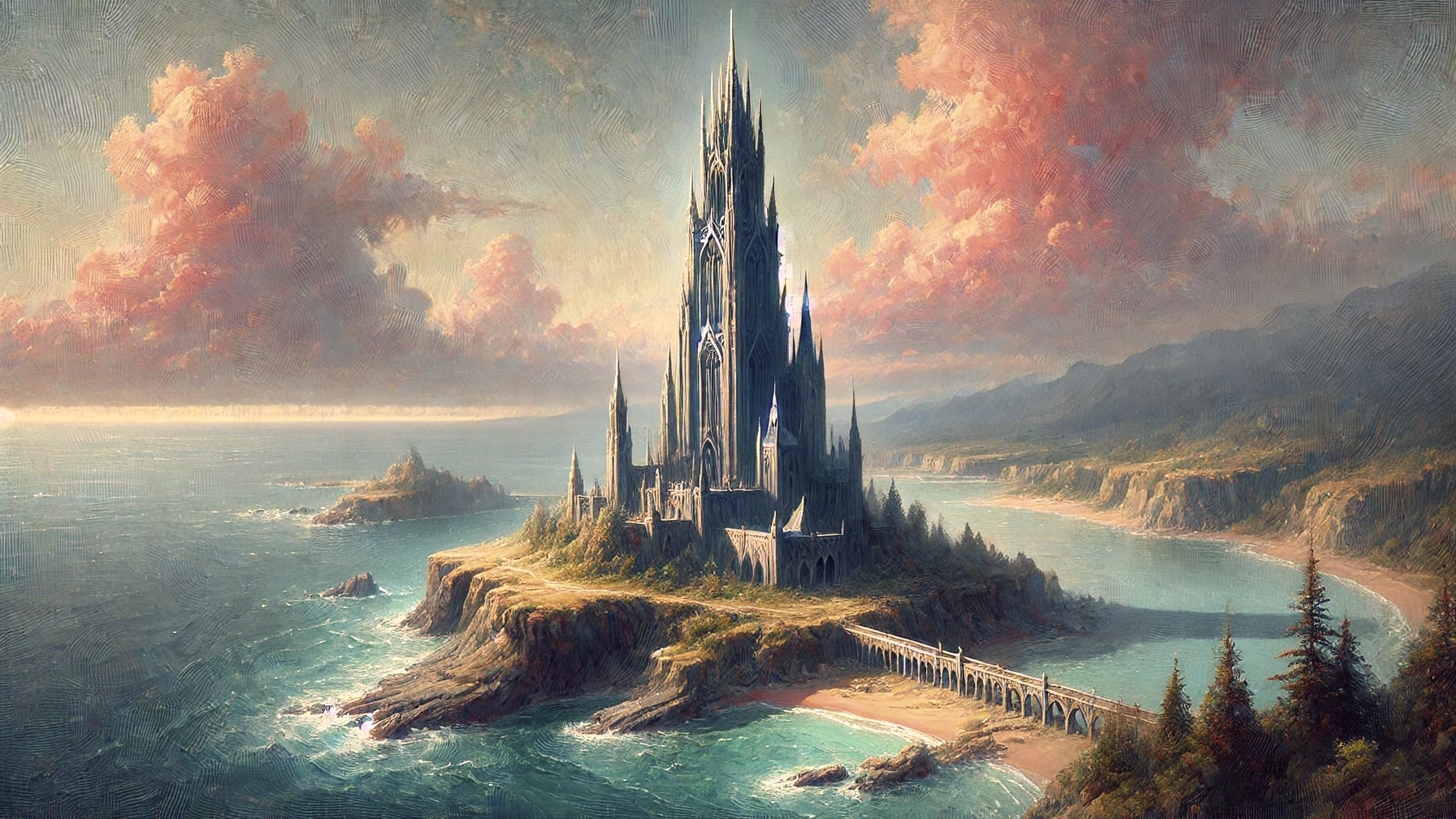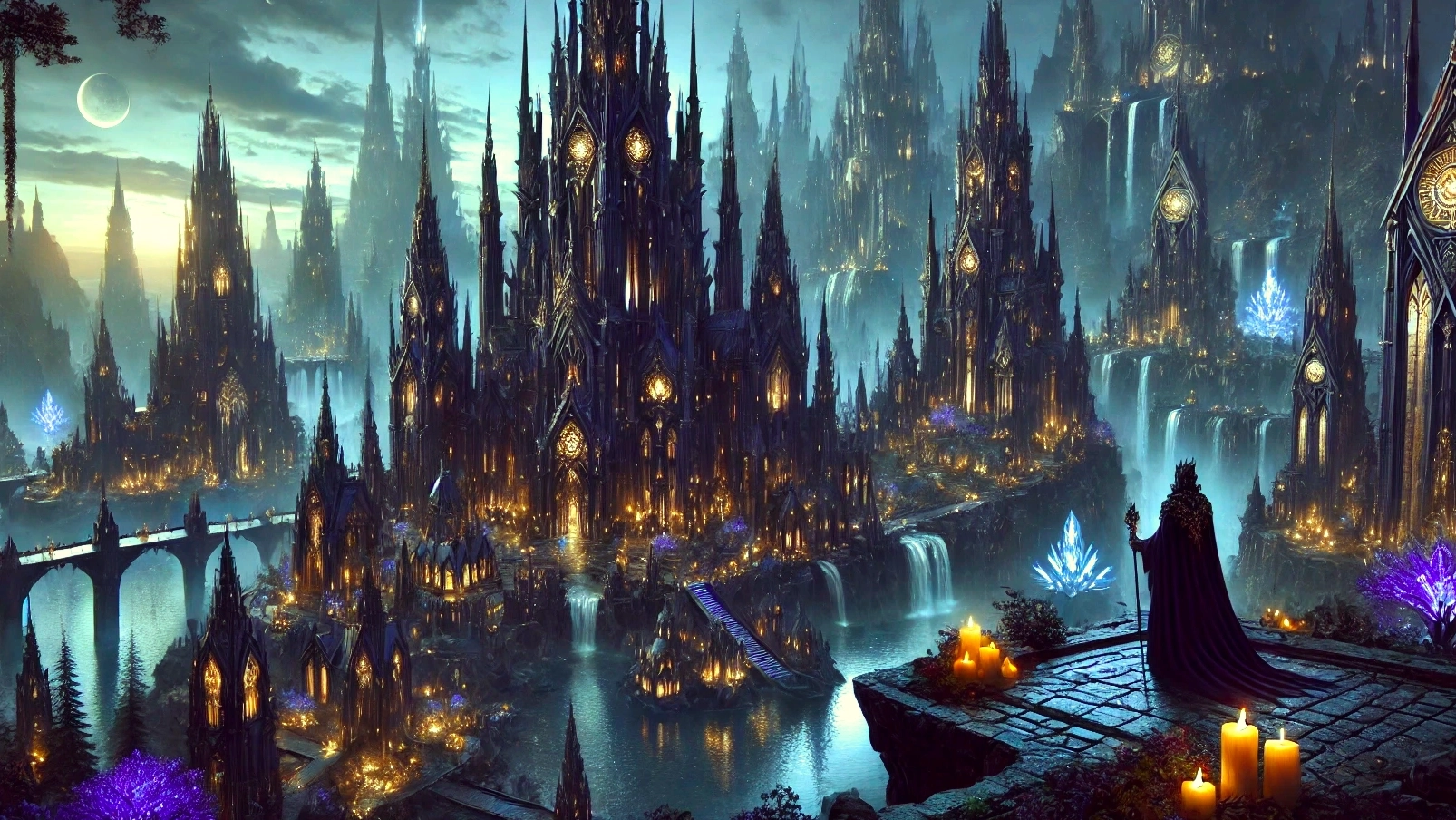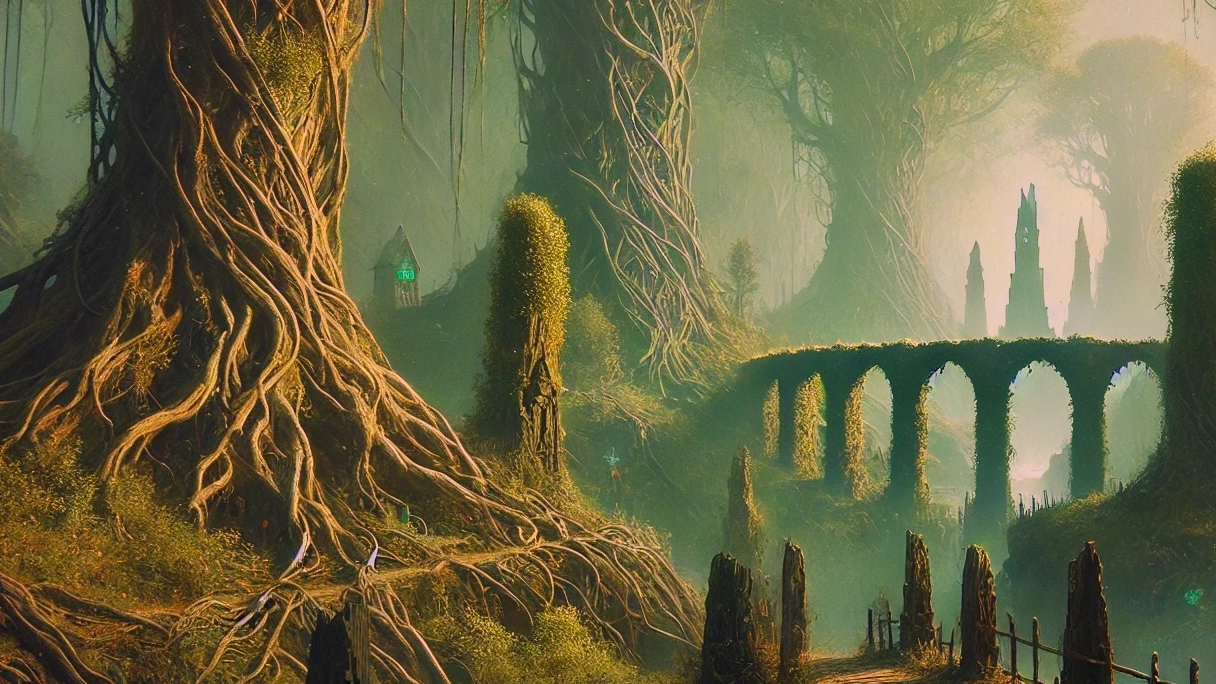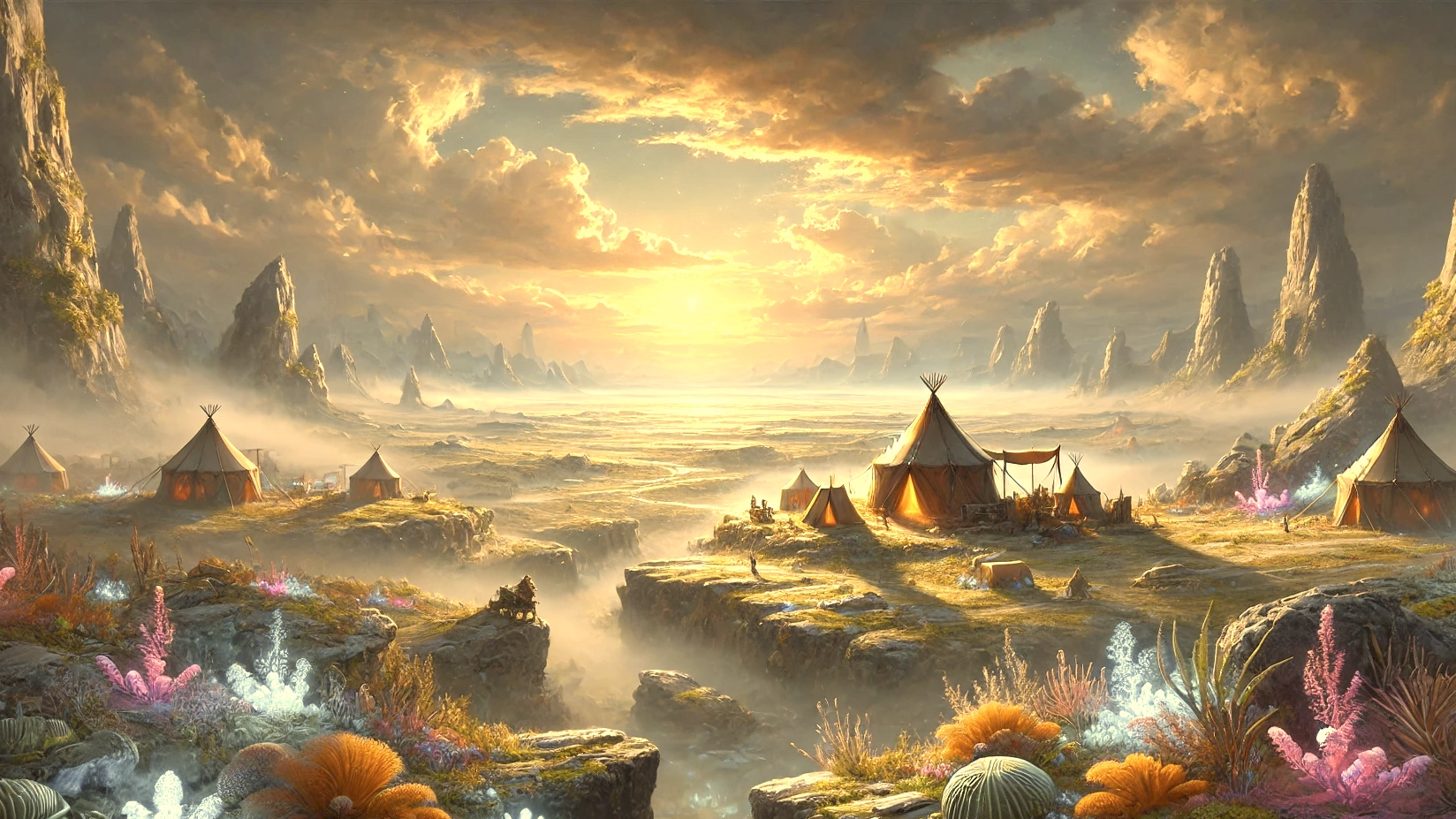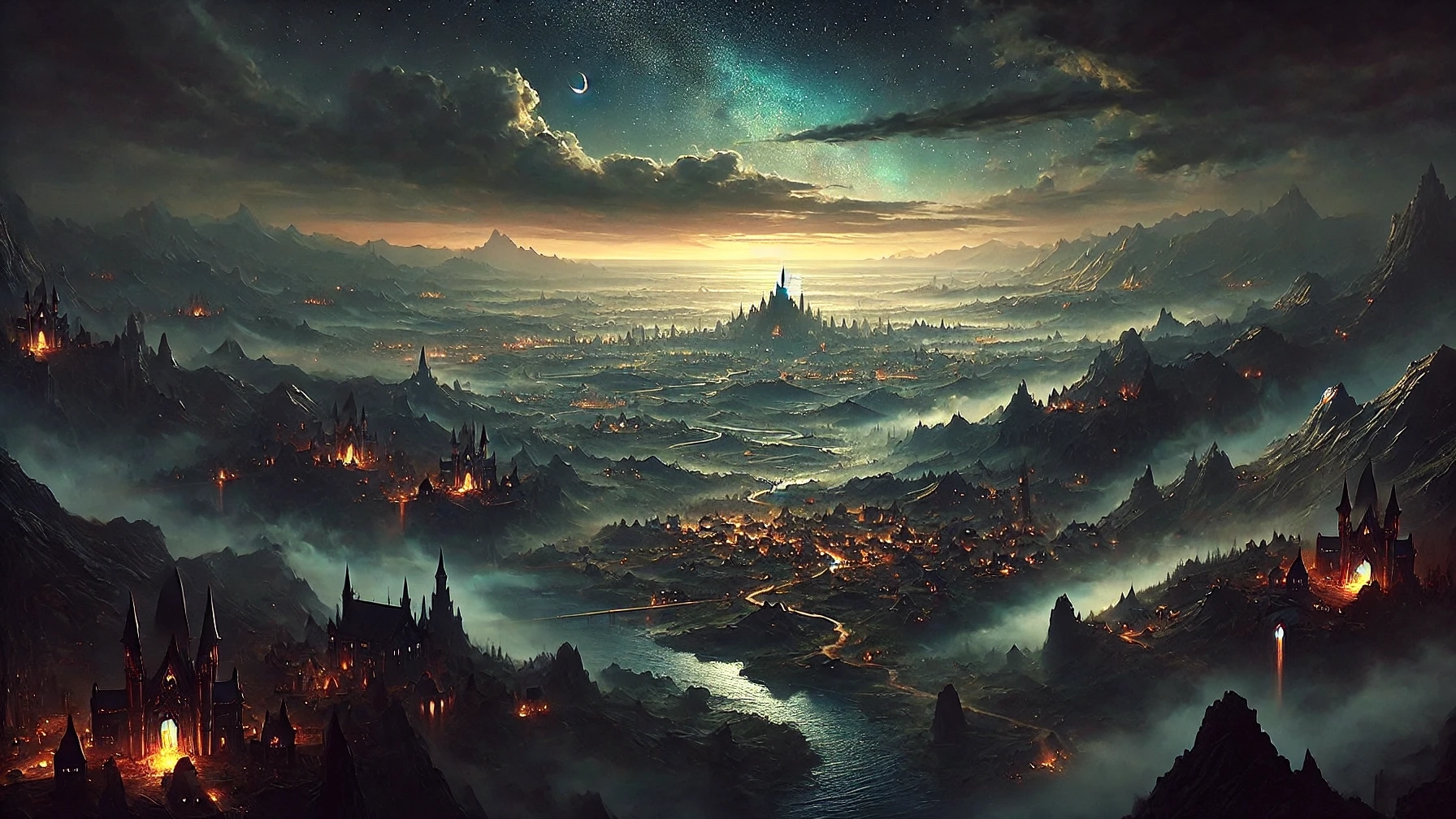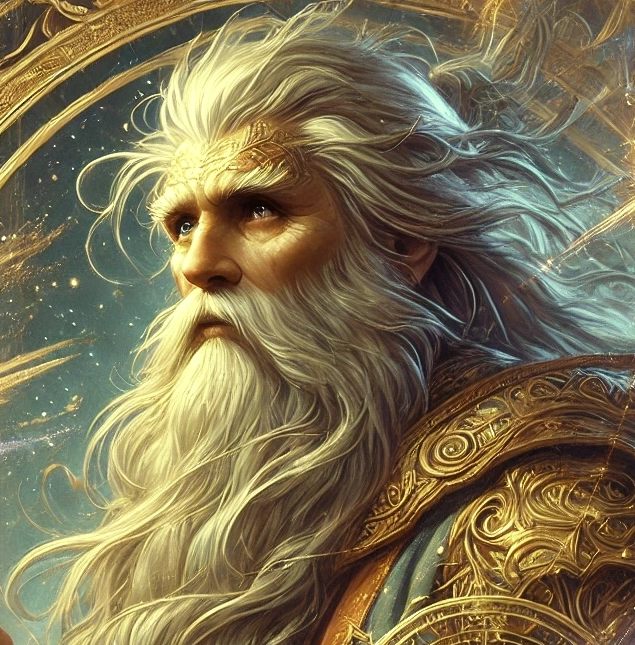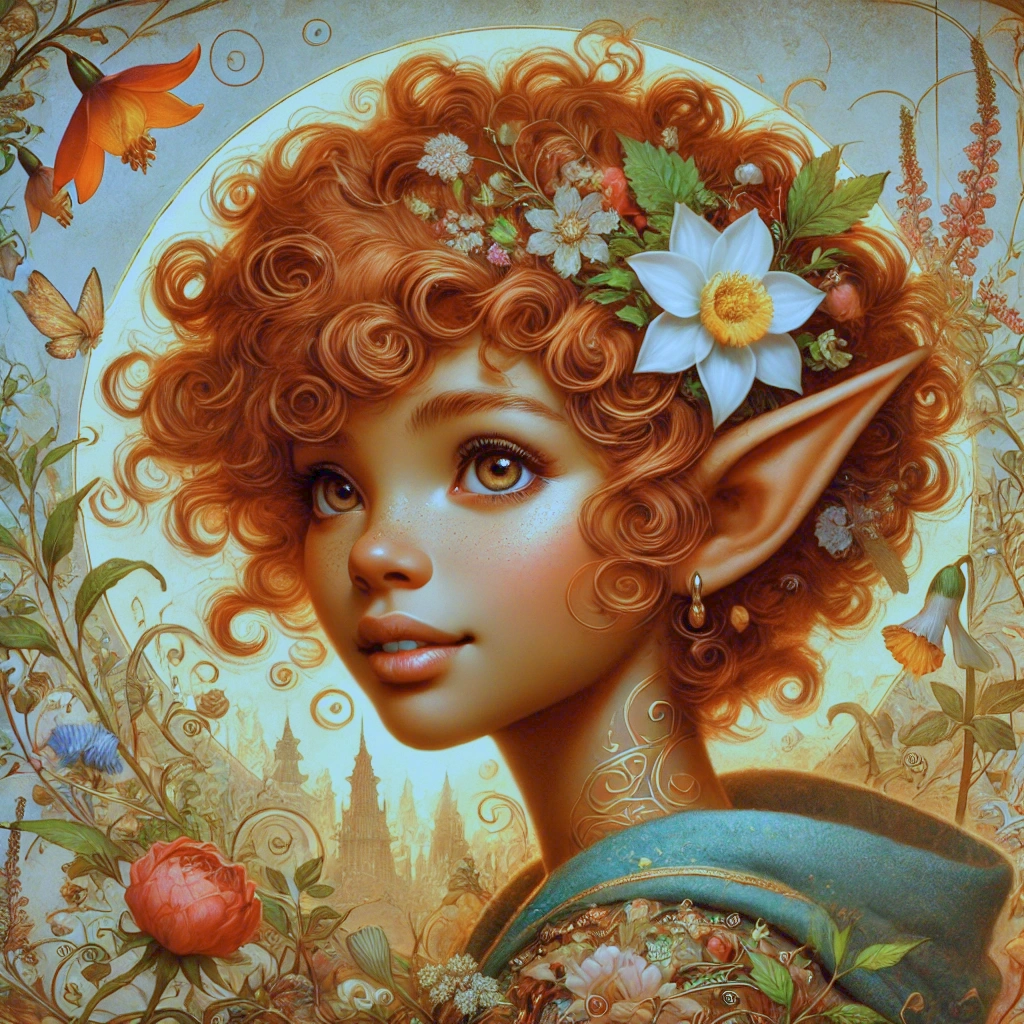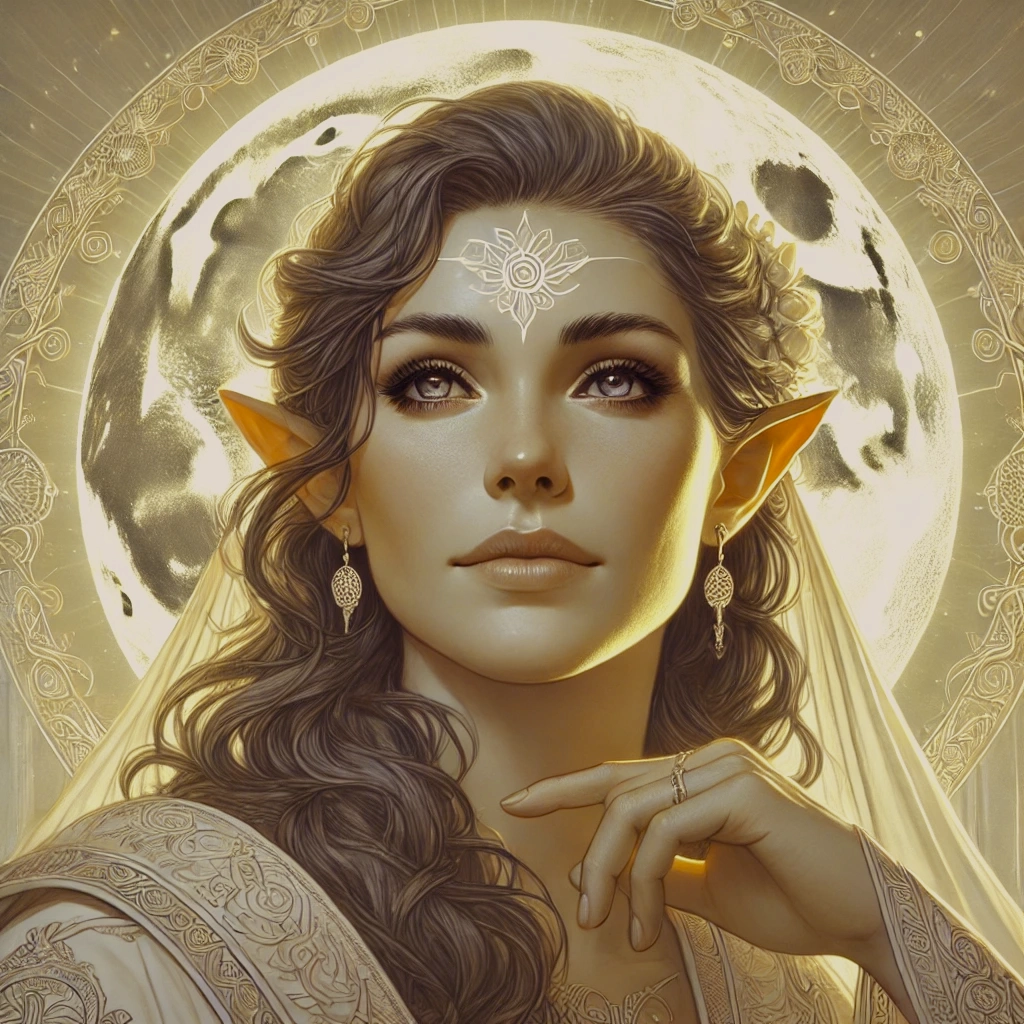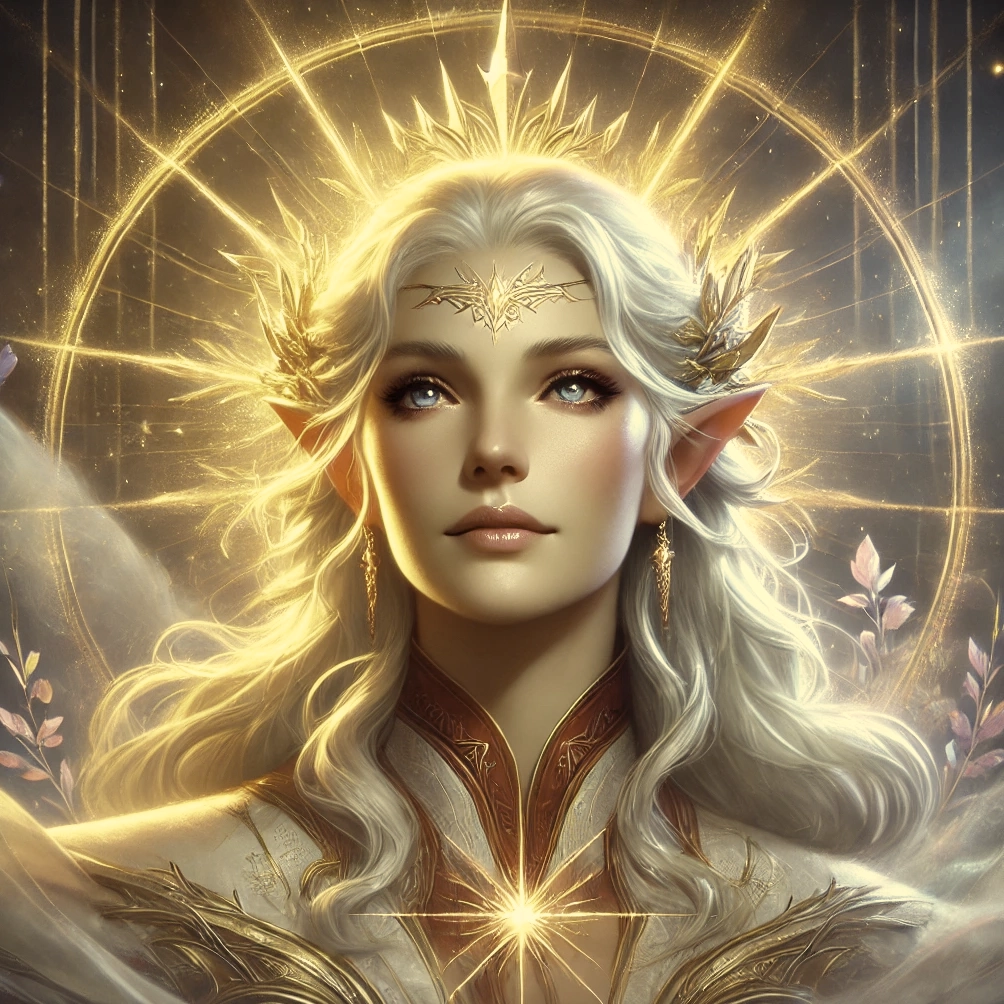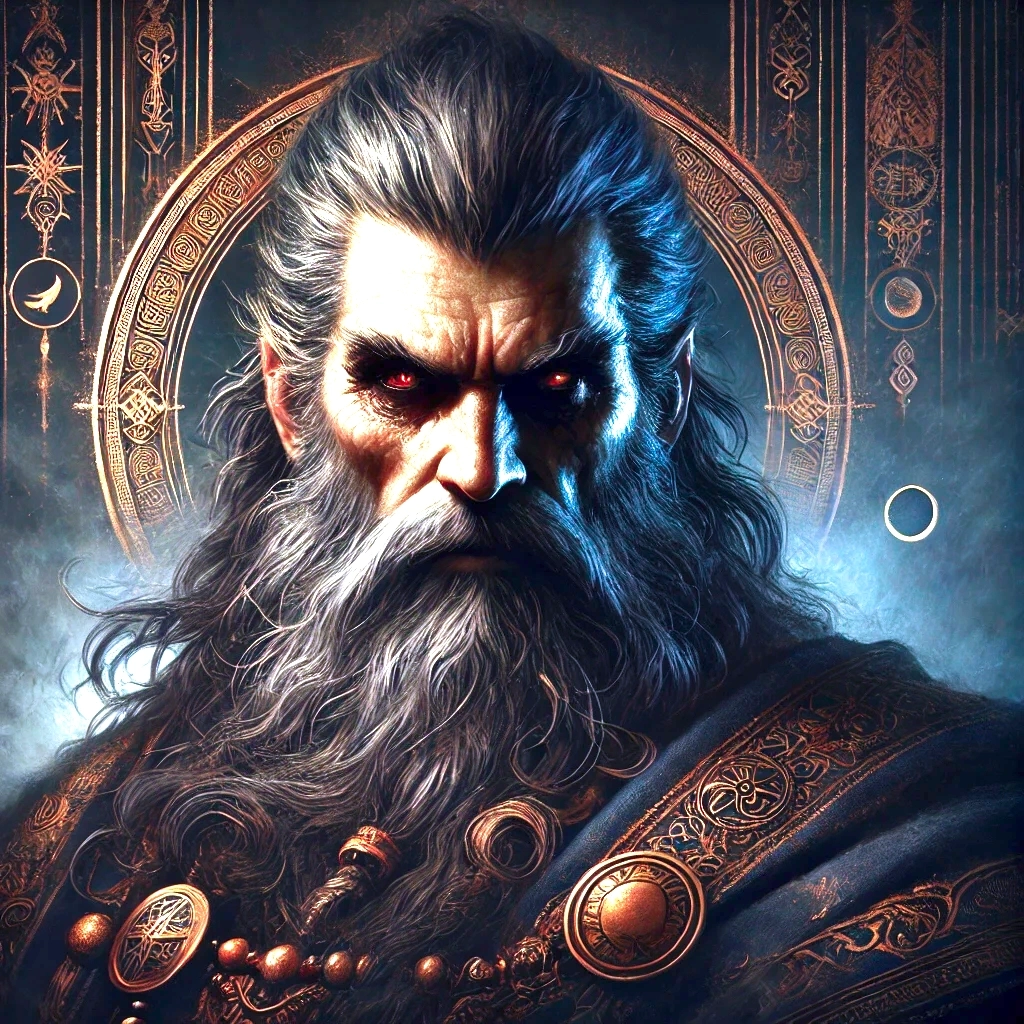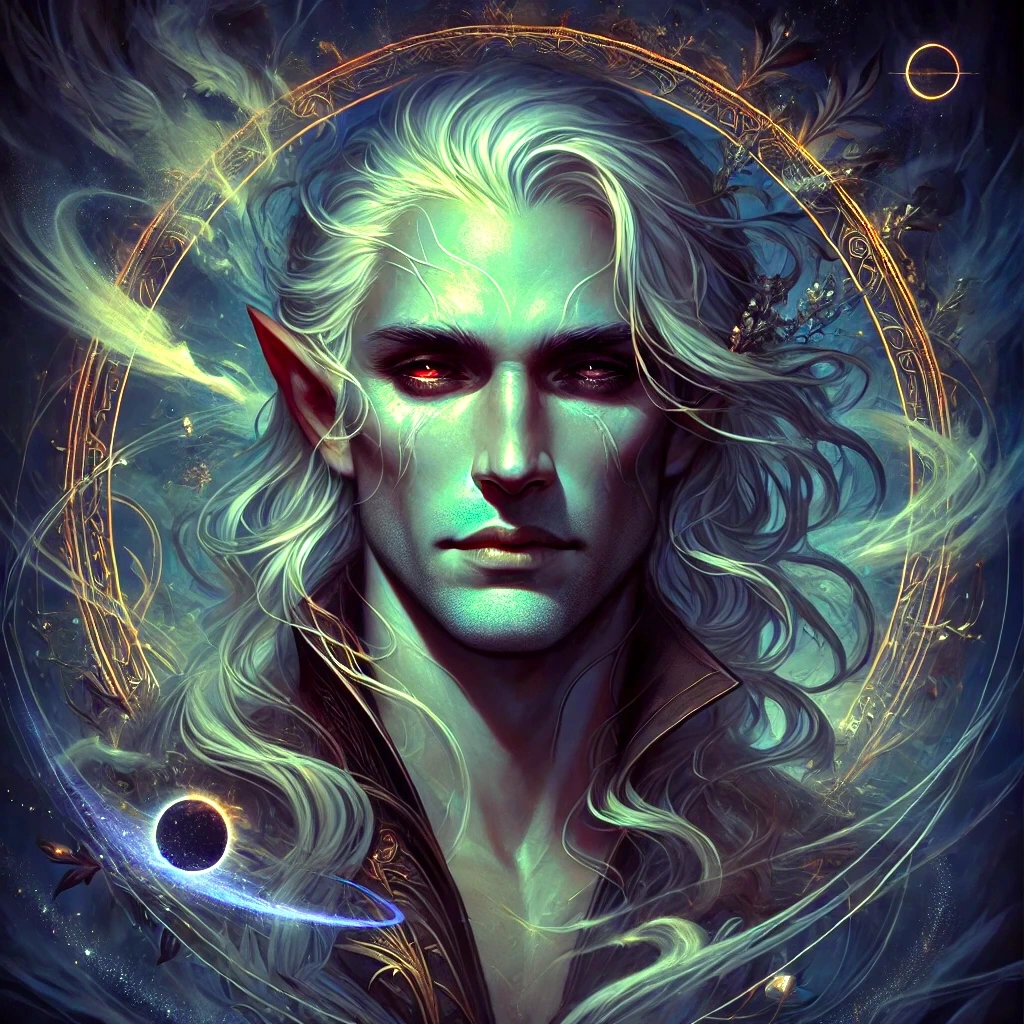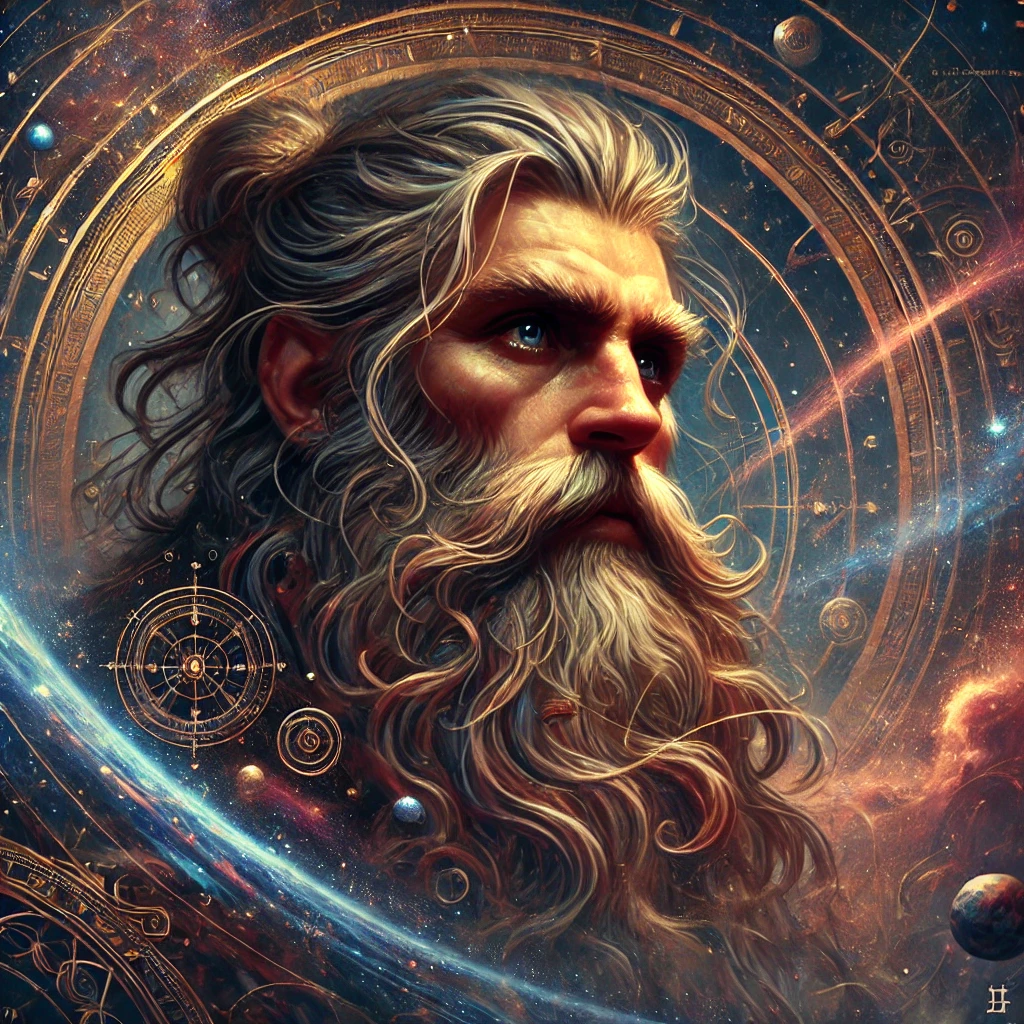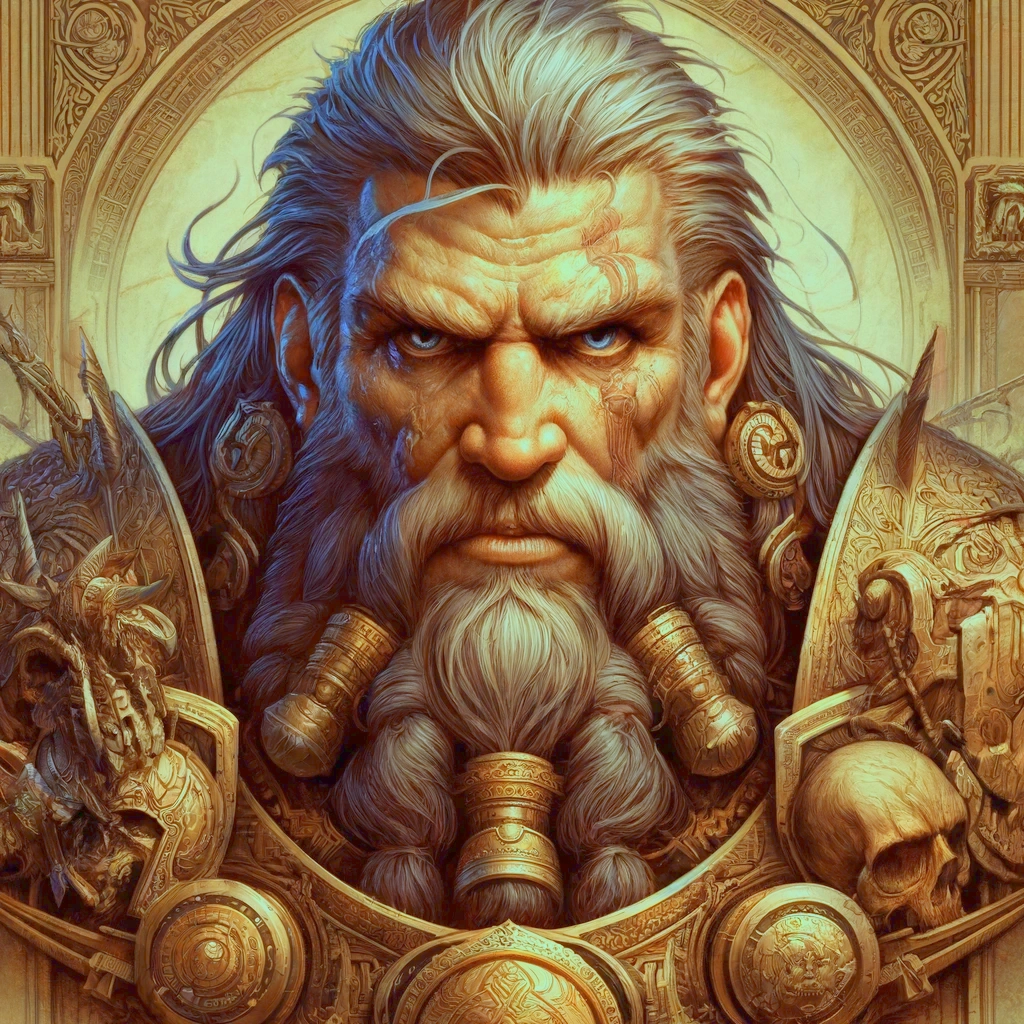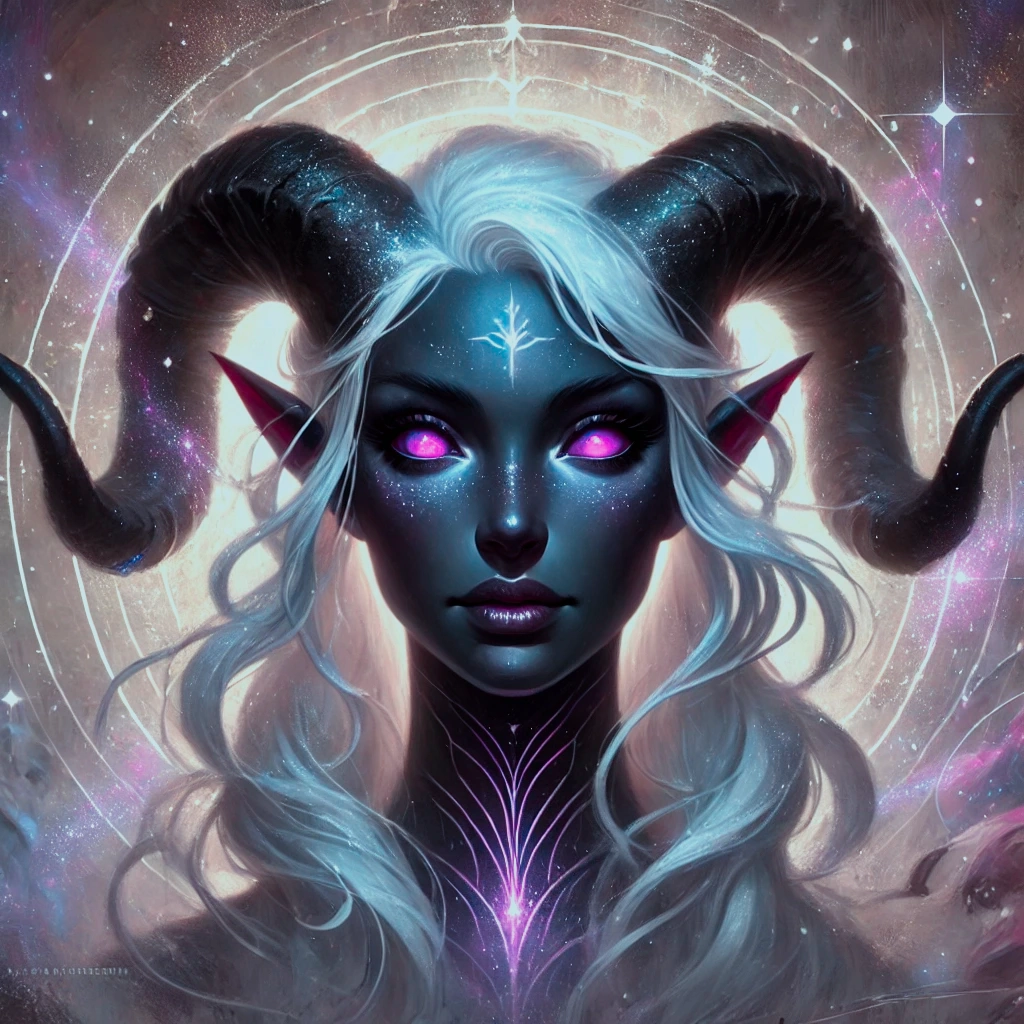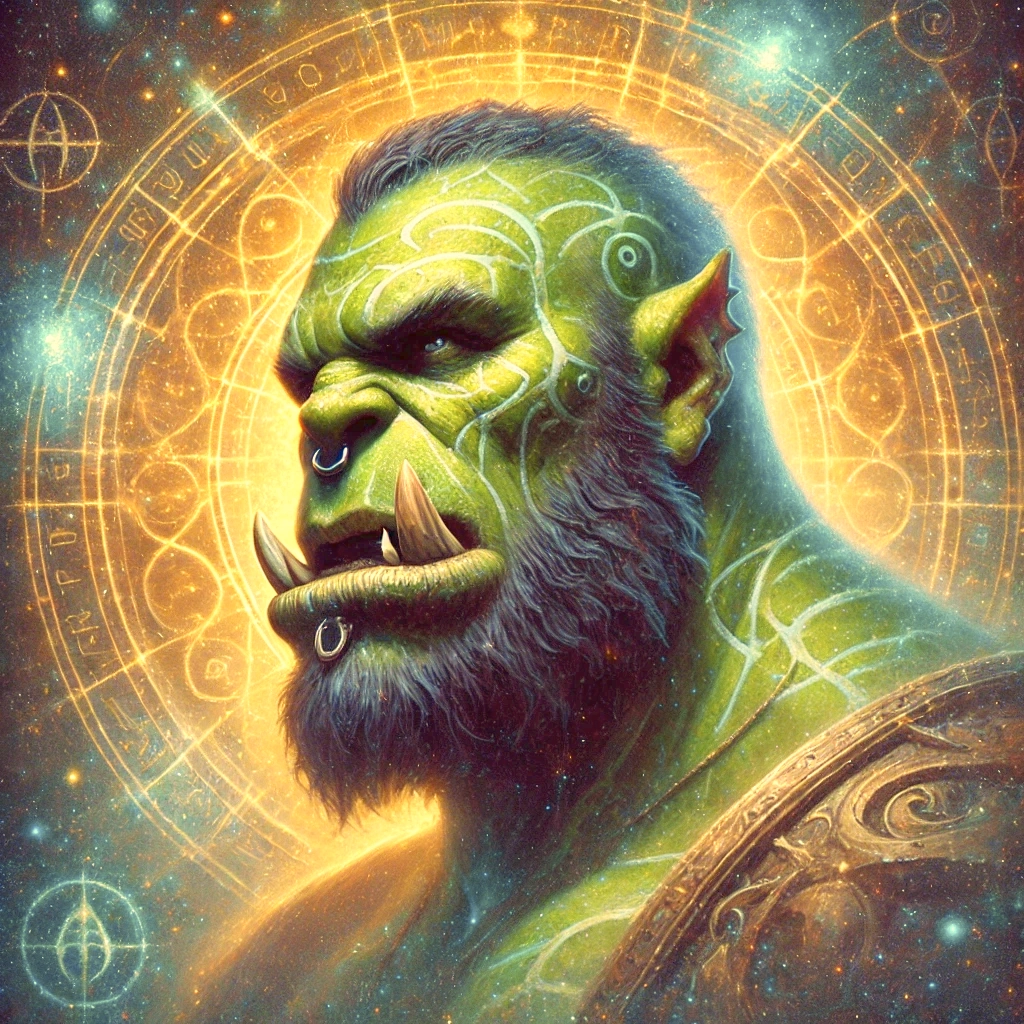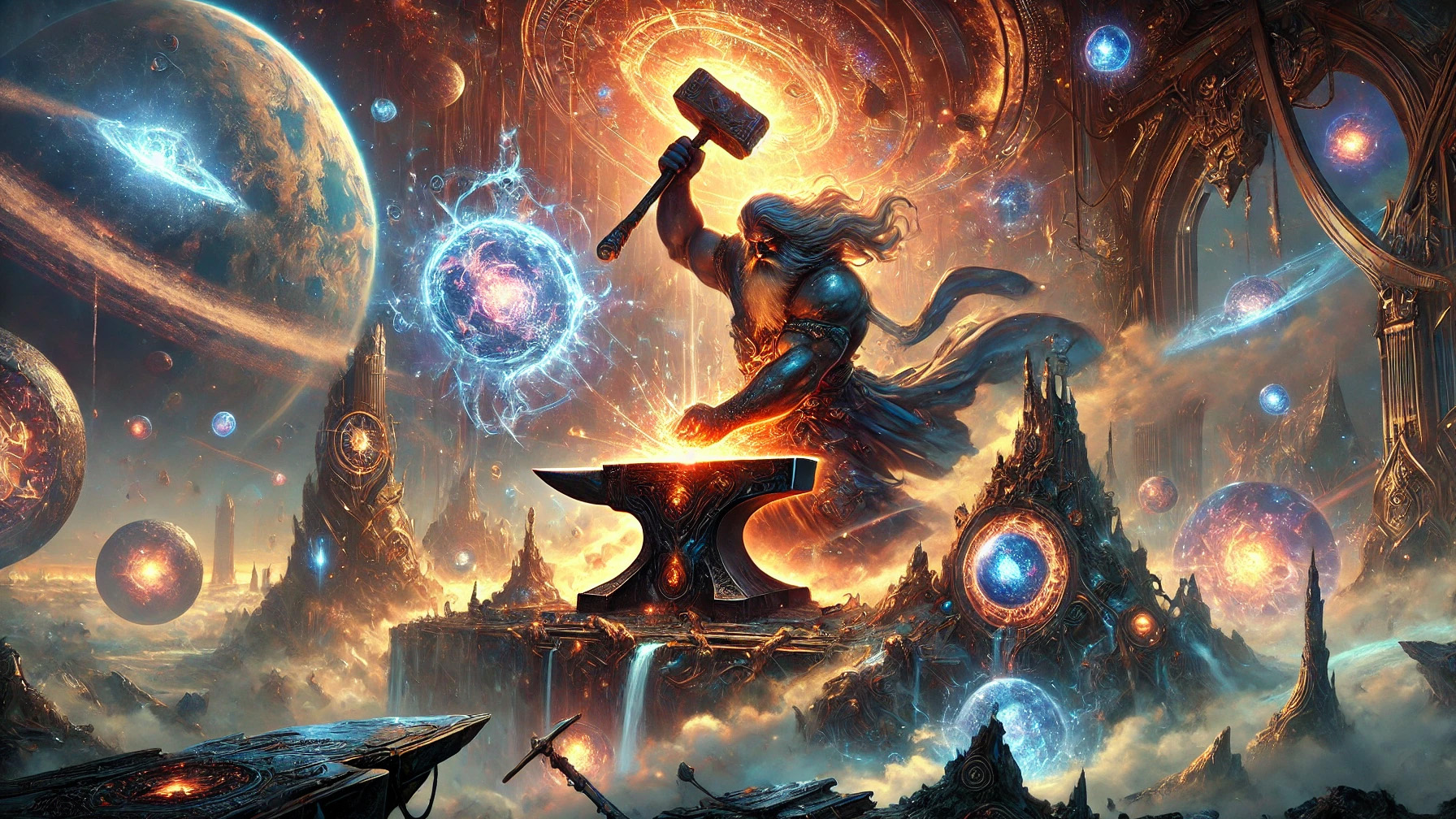The World of Dusk
The Binding of the Shadow
Dusk is a world steeped in ancient history and cloaked in shadows, a land where civilization emerges as islands of light amid vast expanses of untamed wilderness. The world of Dusk is marked by the catastrophic war that decimated most of its pantheon. It was The Hidden War. Dusk is now a realm where forces twist the nature of mankind to their whims.
Dusk Chronicles
Fenrath
A dank swampland, its cities often have interconnected wooden walkways, and building on stilts, floating above stagnate waters. A realm of natural and mystical energies.In the shadowed heart of Fenrath lies the Kappa Umi, known ominously as The Drowning Pools. This...
Ostromar
A region enveloped in perpetual twilight. The city is carved from obsidian and illuminated by glowing crystals. The Abyssal Rift at The Deep is a haunting chasm that slices through the twilight The Deep like a dark wound in the earth. Its sheer cliffs are lined with...
Cyndara
A massive city spanning a band on one region. It is characterized by towering ziggurats, lush hanging gardens, marble statues, golden fountains, and intricate mosaics. In Cyndara, the practice of magic is strictly regulated by the Arcane Council, an elite group of the...
Regions of Dusk
Cyndara
hub of knowledge
A massive city spanning a band of one continent. It is characterized by towering ziggurats, lush hanging gardens, marble statues, golden fountains, and intricate mosaics.
Drakenscar
The First Land
A rough mountainous region with arid areas. The city is carved into rugged mountains with imposing rock-hewn structures and winding stone pathways.
Fenrath
Dense, Mystical & Dangerous
A dank swampland. The city is interconnected by wooden walkways, floating above treacherous waters.
Ostromar
The Twilight Realm
A land enveloped in perpetual twilight. The cities are carved from obsidian and illuminated by glowing crystals.
Thornwyld
All Things are Conneted
A land built around an ancient grove of towering trees, their branches woven together to form natural archways and bridges.
Everlands
Barbarians at the Gate
A timeless expanse of verdant meadows and ancient groves, where the eternal light of day nurtures its residents on the edge of a knife.
Celestial Beings
The Pantheon
Knul’Vaelrath
Lyra
Anu’nae’ra
Aeloria
Balakar
Ahndet’te
Korgar, The Weaver
Gorrim, The Ironclad
Selen
Chult
In the Beginning
The world of Dusk is marked by the catastrophic war that decimated most of its pantheon. It is know as The Hidden War. Dusk is now a realm where forces twist the nature of mankind to their whims.
The regions of Cyndara, Thornwyld, Drakenscar, Fenrath, Ostromar, and Isarion each harbor their own unique landscapes and cultures, from sprawling cityscapes and mystical groves to treacherous mountains and eerie swamps. Magic is tightly regulated, with powerful spellcasters and martial lieutenants navigating a world rife with superstition, prejudice, and arcane bureaucracy, while remnants of divine power linger in the shadows, influencing mortal fates.
The Dawn of Dusk
Millennia ago, The Dwarven god Knul’Vaelrath the Forge Father beat the heavens into being upon his Celestial Anvil, giving birth to the cosmic dance of primordial forces. From the chaos of the Anvils sparks, the deities of light and dark, Anu’nae’ra and Balakar, emerged. Together, they shaped the land, seas, and skies, infusing the world with both light and shadow. Their divine influence established a delicate balance, fostering the birth of the first, Korgar the Weaver. The three moons of Dusk.
The Age of Awakening
As the world settled, the first civilizations arose. Cyndara, the City of Scholars, became a beacon of knowledge and arcane mastery. Thornwyld, the Emerald Forest, nurtured a deep connection to nature and mysticism. Drakenskar, the Rugged Mountains, forged a culture of resilience and craftsmanship. Fenrath, the Dank Swampland, embraced the natural and mystical energies of their environment. Ostromar, the Twilight Realm, delved into secrets and shadow magic, while Isarion, the Floating City, became masters of the sea and trade.
The Era of Expansion - Rise of the Great Cities
With time, these civilizations expanded their territories and influence. Cyndara built towering ziggurats and lush gardens, becoming the center of intellectual and arcane pursuits. Thornwyld’s druids and rangers protected the sacred groves and hidden clearings of their homeland. Drakenskar’s warriors and blacksmiths carved their homes into the mountains, creating grand rock-hewn structures. Fenrath’s mystics and fae’nor established their settlements, navigating the treacherous swamps. Ostromar’s dark elves built their cities of obsidian and glowing crystals, while Isarion’s floating platforms and coral palaces reflected their maritime prowess.
The Age of Conflict - Struggles for Power and Resources
As these civilizations grew, so did their ambitions, leading to conflicts over resources and ideologies. Cyndara and Thornwyld clashed over deforestation, while Drakenskar and Fenrath disputed mining. Ostromar’s shadowy ambitions often put them at odds with their neighbors, particularly Isarion, over control of sea routes.
The Age of Alliances - Forming Bonds Amidst Strife
Despite the conflicts, alliances were forged. Cyndara and Isarion formed a strong trade partnership. Thornwyld and Fenrath shared a deep respect for nature, leading to a spiritual alliance. Drakenskar and Ostromar combined their martial and arcane strengths, creating a formidable force.
The Current State - A World in Balance and Turmoil
Today, Dusk stands as a world of intricate balance, teetering between peace and conflict. The great cities continue to thrive, their cultures and classes reflecting their unique environments and histories.
Player Resources
- Dusk Master Rules
- Dusk Master Rules
- DC20 Rulebook
- Maps
- Dusk Sub-Classes
- Pantheon
- Months & Seasons
- Magic Regulation Ranks
- Travel Times & Distances
- Homebrew Ideas
- Spell Duels
- Sub Class Changes
Rules in Development
Rules in Development
DC20 Core Rules
DC20 Character Sheet v0.8 Printable
DC20 Character Sheer v0.8 Fillable (just remove my data)
DC20 Magic Items
DC20 Monster Starter
For a detailed breakdown of Sub Classes click here
Class Archetypes:
Bladebearers: Elite warriors who wield powerful enchanted weapons. They are masters of combat and strategy, often leading armies or acting as lone champions.
Ironclads: Heavily armored soldiers with the ability to manipulate metal and fortify their bodies. They are nearly invincible on the battlefield.
Shadowdancers: Agile and elusive fighters who can move through shadows and strike with deadly precision. They are often employed as assassins and spies.
Stormcallers: Warriors who can control the weather and harness the power of storms. They are formidable opponents, capable of devastating attacks.
Beastmasters: Fighters who command and bond with powerful creatures. They use their animal companions to enhance their combat abilities and tactics.
Mage Classes and Regions
Nightblades: Masters of shadow magic and stealth, often found in Ostromar where they blend seamlessly with the perpetual night.
Necroscopes: Experts in communicating with the dead and necromancy, predominantly found in Fenrath, where the swamp’s dark magic aids their craft.
Maledicts: Casters who focus on curses and hexes, scattered across Drakenscar and Fenrath.
Magesmiths: Artificers and enchanters, primarily located in Cyndara where they contribute to the city’s technological and magical innovations.
Null-Mages: Specialists in anti-magic and dispelling, commonly found in Drakenscar, acting as counterbalances to the dark forces there.
Ghost Eaters: Practitioners who consume life force to gain power, found mainly in Fenrath and Thornwyld.
Creationists: Mages who focus on conjuration and creating life or constructs, thriving in Cyndara and Isarion.
Radiomancers: Users of light and energy-based magic, located in Cyndara and Isarion, where their abilities are highly valued.
Sensates: Mages who manipulate senses and emotions, often found in Cyndara and Ostromar.
The Forge Father Dusk
- Knul’Vaelrath the Forge Father
Domain: Creation, Craftsmanship, Order
Description: The primordial deity who forged the world and the heavens upon his Celestial Anvil. Knul’Vaelrath is the ultimate creator, whose divine will set the foundation for the world’s existence and the cosmic balance. His influence is seen in the intricate design of the world and the continued existence of the celestial forces.
The Greater Pantheon of Dusk
- Anu’nae’ra
Domain: Light, Purity, Healing
Moon: The White Moon
Description: The goddess of light and healing, Anu’nae’ra represents purity and hope. Her light brings clarity and life, offering guidance and solace. Although her influence is diminished, her followers strive to rekindle her power through acts of charity and devotion. - Balakar
Domain: Darkness, Shadows, Death
Moon: The Black Moon
Description: The god of darkness and death, Balakar embodies the mysteries and fears of the unknown. His dominion over shadows and the afterlife makes him a figure of both dread and respect. While his presence is more obscured, his followers seek to harness his power to understand and control the darker aspects of existence. - Korgar the Weaver
Domain: Fate, Time, Cosmic Order
Moon: The Red Moon
Description: Korgar the Weaver governs the threads of fate and the cosmic order. His influence is subtle but profound, shaping the destinies of mortals and gods alike. Despite the chaos that pervades the world, Korgar’s presence is a constant thread that binds the cosmic tapestry.
The Lesser Pantheon
- Aeloria
Domain: Dawn, Justice, Valor
Description: Once a beacon of light and justice, Aeloria’s light has waned since the Hidden War. She embodies the principles of valor and fairness, inspiring her followers to pursue justice and fight against tyranny. Her dwindling power is a reflection of the world’s increasing darkness. - Ahndet’te
Domain: Secrets, Illusion, Night
Description: A deity of secrets and illusion, Morven thrives in the hidden and the obscure. He represents the allure of mystery and the power of deception. Though his influence is lessened, his followers remain active in the shadows, seeking to uncover and manipulate hidden truths. - Lyra
Domain: Nature, Growth, Life
Description: Lyra is the goddess of nature and life, nurturing the natural world and its cycles. Her power over growth and renewal is vital to the balance of life. Despite the Hidden War’s impact, her followers work to preserve the natural world and ensure its continued vitality. - Gorrim the Ironclad
Domain: Strength, Protection, Battle
Description: Gorrim represents physical strength and protection. As a god of battle and fortitude, he is revered by warriors and defenders. His once-great influence is now a shadow of its former self, but his followers continue to uphold his ideals through courage and resilience. - Selen
Domain: Dreams, Prophecy, Knowledge
Description: Selene, the goddess of dreams and prophecy, once guided mortals with visions of the future and insight. Her ability to foretell events has diminished, but her followers still seek her wisdom through rituals and dreams, striving to unravel the mysteries of fate. - Chult
Domain: Decay, Life Cycles, Renewal
Description: Chult governs the cycles of decay and renewal, overseeing the natural processes that drive transformation and rebirth. Represented as a mighty orc with a countenance of solemn wisdom, he wields a staff entwined with blossoming vines and rotting wood, symbolizing the perpetual cycle of life and death. His followers seek to embrace change and the inevitability of endings, finding beauty and purpose in regeneration and new beginnings. Chult’s temples are often found in places undergoing recovery from disasters or on battlegrounds where life reclaims the ravages of war.
Dusk has a calendar, based on the 364-day structure and the set seasons. Each month has 28 days. There are 13 months in a year. The first day of spring is the start of the year.
Martial and Arcane powers in Dusk are controlled by the influence of the god-moons. Each year on the 336th day, there is a triple-full moon. This is called The Umbral Nexus. It effects all Class Archetypes. There is a 0 day between each year called Syililth named for Knul’Vaelrath the Forge Father’s hammer. Every 10 years on Arkhantir 1, there is a lunar eclipse or all moons. This is call the Day of Sparks as many shooting stars are seen.
Months:
- Arkhantir
- Velorian
- Mazrakai
- Sundara
- Thyrios
- Ishkar
- Atlantea
- Galdorath
- Peloria
- Zendikar
- Morvandor
- Eldarion
- Thalior
Seasons:
- Spring: Verdantis
- Summer: Solara
- Autumn: Emberfall
- Winter: Frostveil
Seasons Summary:
- Verdantis (Spring): Starts on Day 1 (Arkhantir 1)
- Solara (Summer): Starts on Day 91 (Sundara 7)
- Emberfall (Autumn): Starts on Day 182 (Atlanea 14)
- Frostveil (Winter): Starts on Day 273 (Zendikar 21)
- Shoru Kardan: Starts on Day 0 (Syililth 0)
Regulation and Enforcement
The Arcane Council enforces these regulations rigorously. Mages caught practicing without a registered tattoo face severe penalties, including imprisonment or exile. Regular inspections and audits are conducted to ensure compliance. This system maintains order and control over the use of magic in Cyndara, preventing misuse and fostering a structured progression for aspiring mages.
- Idu (Novice): The starting rank, where the tattoo is a simple mark indicating basic training in the magical arts.
- Dralith (Apprentice): The second level, where the tattoo begins to show more intricate patterns, signifying deeper knowledge and practice.
- Elokar (Adept): The middle rank, with a more complex design that indicates a solid understanding and control over the chosen school of magic.
- Eridu (Scholar): The fourth level, where the tattoo becomes even more detailed, symbolizing extensive study and proficiency.
- Tharion (Master): The fifth rank, showcasing an elaborate tattoo that marks the mage as an expert with significant achievements in their magical field.
- Anunnaki (Grandmaster): The highest level, where the tattoo is a masterpiece of art and magic, representing the pinnacle of magical power and wisdom.
Travel Times in Day by Distance: Travel times based on 3.6mph for 6hrs per day

*As the crow flys
Distance by Location

1. Adapting the Action Economy:
Instead of the traditional D&D 5e action economy (move, action, bonus action, reaction), we will use a four-action system similar to DC20. Each player will get 4 actions per turn that they can allocate freely among different activities:
- Movement: Moving costs 1 action per 30 feet of movement (or whatever movement speed is appropriate for the creature). Dashing would take additional actions for extra movement.
- Attacks: Each attack costs 1 action, meaning a character can attack up to 4 times if they use all of their actions for attacks. This would replace multi-attack mechanics, but some classes (like Fighters) to have bonus attacks for fewer action costs or an additional action.
- Casting Spells: Each spell casting would cost 1 or more actions, depending on the spell level or complexity.
- Utility Actions: Utilities like interacting with an object, disengaging, dodging, etc., similar to normal actions in 5e.
2. Changing the Spell Slot Mechanic to DC20’s Action & Advantage/Disadvantage System:
Eliminate spell slots by introducing a spell-casting action mechanic where:
- Cantrips: Can be cast for 1 action and are always available.
- Low-level Spells (1st – 2nd level): Require 2 actions to cast.
- Mid-level Spells (3th – 4th level): Require 3 actions to cast.
- High-level Spells (5th level): Require 4 actions to cast & once per short rest
- High-level Spells (6th – 9th level): Require 4 actions to cast & once per long rest.
To balance the use of powerful spells without slots, we will introduce a stacking advantage/disadvantage system based on DC20:
- Casting with Advantage/Disadvantage:
- Each time a caster casts a spell within a round, they suffer increasing disadvantage to maintain balance.
- For example, casting a spell twice in one turn might impose disadvantage on the second spell (or subsequent spells).
- Similarly, strategic pauses between spell-casting actions could grant advantage for better timing and strategic use.
Optional Stacking Advantage/Disadvantage Rules:
- Stacking Advantage: If you prepare your spell (take an extra action), you gain advantage on your spellcasting check, increasing your chances of success.
- Stacking Disadvantage: The more you cast within a short span (within the same round or the next), you accumulate disadvantage, potentially leading to spell failure or lowered potency.
Example Application:
- Wizard’s Turn:
- They move 30 feet (1 action), then cast a Fireball (3 actions).
- On their next turn, if they want to cast another Fireball, they’d suffer disadvantage on the casting roll.
- If they choose to wait one round, they could remove that disadvantage.
Spell Duel System:
A spell duel occurs when two spellcasters attempt to interrupt, counter, or overpower each other’s magic, creating a dynamic contest of magical power rather than a simple negation.
Key Elements of the Spell Duel:
1. Initiating a Duel:
- When a spellcaster targets or is affected by a spell, instead of using Counterspell, they can use one or more actions to initiate a spell duel.
- Both the original caster and the opposing caster enter a duel where they roll off against each other using their spellcasting ability modifiers.
2. Rolling for Spell Control:
- Each participant rolls a spell duel check, which is a d20 + their spellcasting ability modifier (e.g., Intelligence for Wizards, Charisma for Sorcerers).
- The caster of the original spell rolls a base DC of 10 + the spell’s level.
- The opponent (the dueler) rolls against that DC. If they succeed, they overpower the spell. If they fail, the original spell continues as intended.
3. Action Cost and Advantage/Disadvantage:
- Initiating a spell duel costs 2 actions for the opposing spellcaster.
- The dueler can stack advantages by preparing (taking more actions), or they can suffer disadvantage if they engage in multiple duels in quick succession.
4. Results of the Spell Duel:
- Winning the Duel: If the dueler wins, they successfully disrupt the spell, potentially forcing it to fizzle or even backfire (DM’s discretion).
- Losing the Duel: If the caster wins, their spell goes off as intended, and the dueler cannot attempt another interruption for the same spell.
5. Optional Rule: Spell Clash Consequences:
If both casters roll identical results on their spell duel checks, there’s a magical clash:
- The area of effect becomes unstable, creating wild magic surges or environmental changes, such as surges of chaotic energy or changes in reality (DM’s discretion).
- Both casters take feedback damage (e.g., 1d6 force damage per spell level) as the magical energies collide violently.
Example of a Spell Duel in Play:
- Wizard A casts a Fireball (level 3 spell). The opposing Wizard B uses 2 actions to initiate a spell duel to stop the Fireball.
- Wizard A rolls their spellcasting ability modifier against a base DC of 13 (10 + spell level 3).
- Wizard B rolls their spellcasting ability modifier, trying to beat the same DC of 13.
- If Wizard B succeeds, they disrupt the Fireball, and it fizzles out.
- If Wizard B fails, the Fireball detonates as normal.
- If both Wizards roll the same result, the spell duel triggers a wild magic surge, and both take feedback damage.
Balancing the Spell Duel:
- Higher-level spells can still be overpowered by a skilled caster, but duels favor preparation and timing.
- A caster can choose to stack actions into the duel for advantage, giving them better odds of winning the contest.
This system introduces a dynamic and engaging magical contest, replacing the simplicity of Counterspell with something more tactical and immersive. Would you like to adjust anything further or test out specific examples for your campaign?
Null-Mages in DnD 5e:
Null-Mages are capable of disrupting magical energies, providing vital protection to themselves and their allies against hostile spells.
Ability: Spell Disruption (1/Long Rest)
- Once per long rest, the Null-Mage can use an action to target a spell being cast within 30 feet.
- The Null-Mage reduces the effective level of the spell by 2 levels (i.e., a 5th-level spell would be treated as a 3rd-level spell for all purposes, including saving throws, damage, and other effects).
- This costs 1 Action Point.
Additional Details:
- Range: 30 feet.
- Effect: By reducing the spell’s level, it may become easier for the affected targets to save against or resist, or its damage/effectiveness may be diminished.
- If the spell’s level is reduced to 0 or lower than the spells minimum cast level, the spell fails entirely and is disrupted.
- This ability does not require concentration and happens instantaneously.
- Limitations: Can only be used once per long rest to prevent overuse and maintain balance, making it a strategic tool.
Example in Play:
A Null-Mage sees an enemy caster casting Fireball at 5th level. The Null-Mage uses their ability to disrupt the spell within 30 feet, reducing the effective level by 2. This turns the Fireball into a 3rd-level spell, decreasing its damage and making it less impactful.
